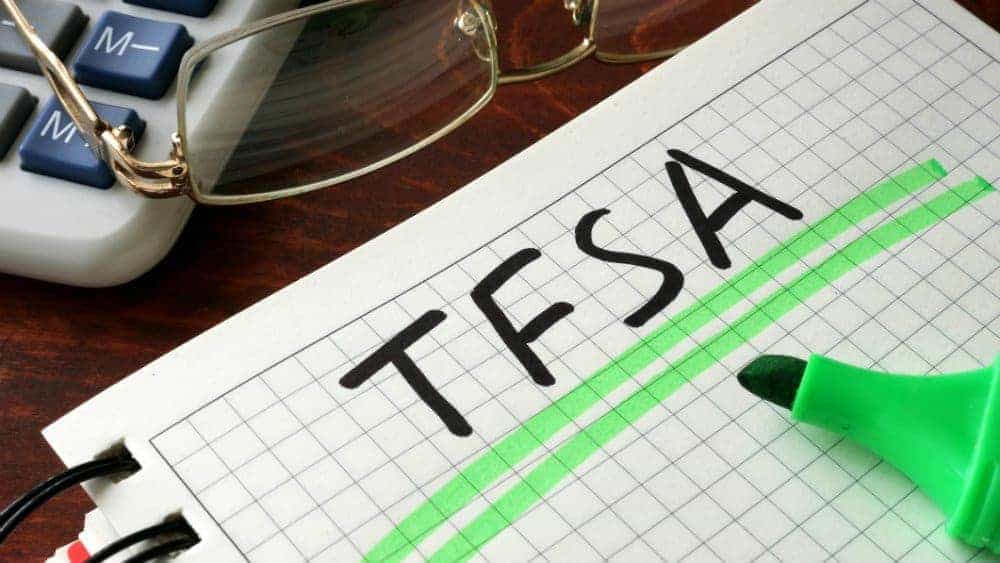No matter how much you increase your income, you can’t grow your wealth past a certain point with only interest on your side. Even with compounding, putting all your money in a savings account will only get you so much in the end.
This is why people are encouraged to pursue investing — a great way to put your savings to work and help you build your wealth to substantial proportions.
But whether you succeed in growing your wealth through investment depends on more than just finding a few great stocks. Proper asset allocation to get the best out of the tax nature of accounts like RRSP and TFSA also plays a vital role in the game of investments.
And while TFSA is a very flexible and easy-to-grasp account, some investors still make mistakes with it. These mistakes draw the attention of CRA and warrant penalties. It can be avoided just by using TFSA the right way. Two TFSA methods that can keep CRA truly away from your tax-free savings are:
Method 1 – Always keep the contribution limit in mind
Think of TFSA as a plant. It’s likely to grow if you keep watering it with your contributions. But overwatering a plant can seriously harm it. Similarly, over contributing to your TFSA can harm your growing investments by incurring the over-contribution penalty. And it will be much more severe than a routine pruning.
Another mistake routinely seen is TFSA holders opening new accounts without considering the contribution implications. Say you are only using your TFSA as a savings account (the wrong way to use it), in a bank where you are earning 2.25% in interests. You found out about another bank that is paying 2.75%.
The 0.5% is too significant to ignore, so you draw out all your TFSA funds and put them in the new bank’s TFSA. This is a huge mistake. You just over contributed the entire sum.
How so?
If you keep up to date on your contributions, you might have deposited $6,000 at the beginning of the year, bringing the total to $69,500. So for this year, your contribution limit is $0.
A single dollar you contribute will be considered over-contribution, and if you place $69,500 in a new TFSA account, it will be considered over-contribution, and you will be charged a monthly 1% penalty. You might end up paying $6,950 for the 10 months.
Method 2 – Always seek qualified investments
This is something TFSA shares with RRSP. You can only hold qualified investments in your TFSA. Otherwise, all of your income and capital gains derived from the non-qualified income will be taxable. You may also be penalized for up to 50% of the value of the investment in a non-qualified entity.
And it doesn’t make sense with qualified investments like Exchange Income Fund (TSX:EIF) available. The company is a dependable dividend aristocrat and a decent grower. Currently, it offers a juicy yield of 5%, and the yearly $2.28 payout has increased by 25% in the past five years.
The company holds a diversified portfolio of niche companies, ranging from unitized window solutions to cargo handling. Most of the companies focus on the aviation industry and related services.
Despite the level of diversification, the company has shown decent growth, equating to a CAGR of 23% in the past five years.
As a Dividend Aristocrat, a growth stock, and a stable company, EIF certainly seems to be the better bet in the long run, compared to a non-qualified investment that would earn you the ire of CRA.
Foolish takeaway
TFSA is a tax-free account. And if you operate it the right way, it will remain a nest egg that you don’t have to worry about when filing your tax returns. Ensure that your TFSA has the right amount and only the right type of investments in it.









